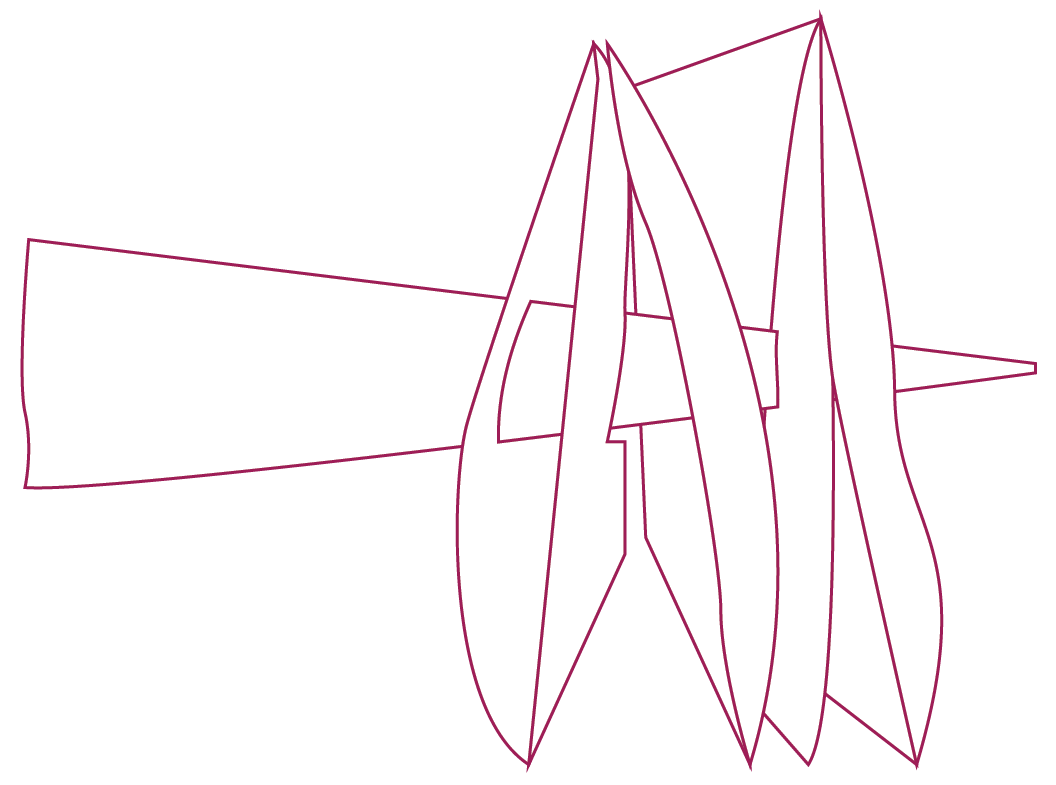Exhibition Room 7
The Secret Lives Of Letters
This virtual exhibit has demonstrated the richness and omnipresence of epistolary culture in the past.
At the same time, the Brienne Collection showcases the importance of confidential communication.

Marianne Lavergne, Known as ‘La Liseuse’, Jean-Etienne Liotard, 1746. Rijksmuseum, Amsterdam.
The Secret Lives of Letters
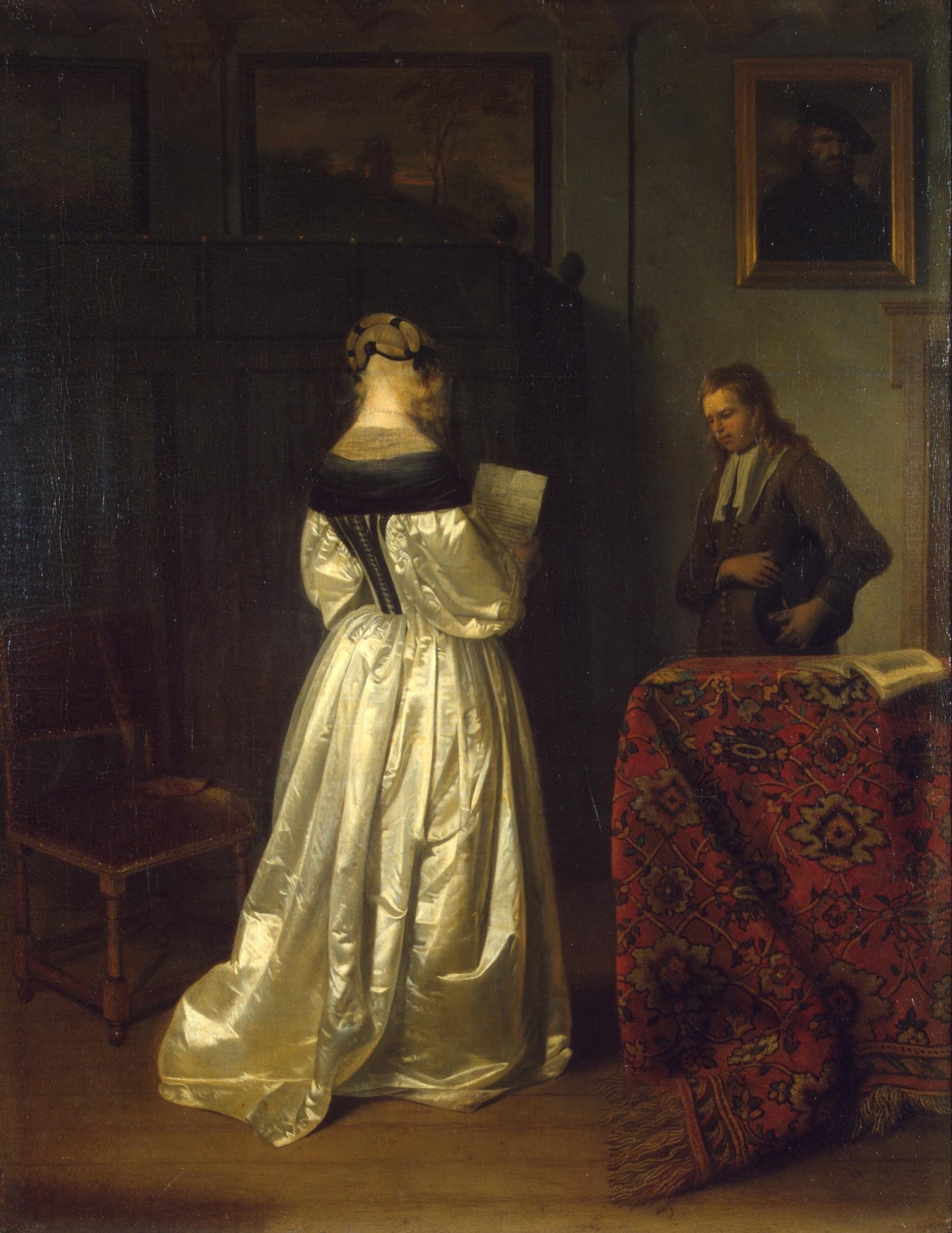
Epistolary Culture
We’ve seen how in early modern Europe, letters were sent by everybody: friends and family, royals, politicians and diplomats, publishers, merchants, musicians, lovers, spies. Unlike any other archive, the Brienne collection lets us hear the voices of women as well as men.
These letters are important to scholars, because through the letters we get glimpse into the lives of everyday folk.
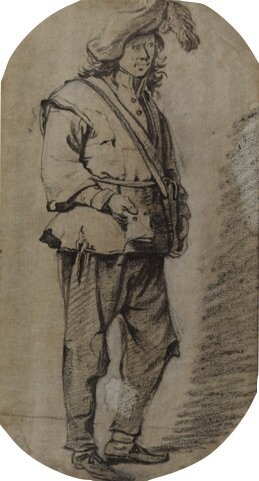
Postal Network
The Brienne Collection has taught us much about early modern postal networks. A dead letter office avant la lettres, the Brienne trunk has revealed traces of postmasters and postmistresses, postilions, postal routes, coaches, ships, chests.
They were responsible for the secure delivery of letter secrets: personal messages, news and information, illnesses, insecurities, loves, secrets.
Yet Black Chambers could intervene in the safe postal transport by intercepting and copying letters.
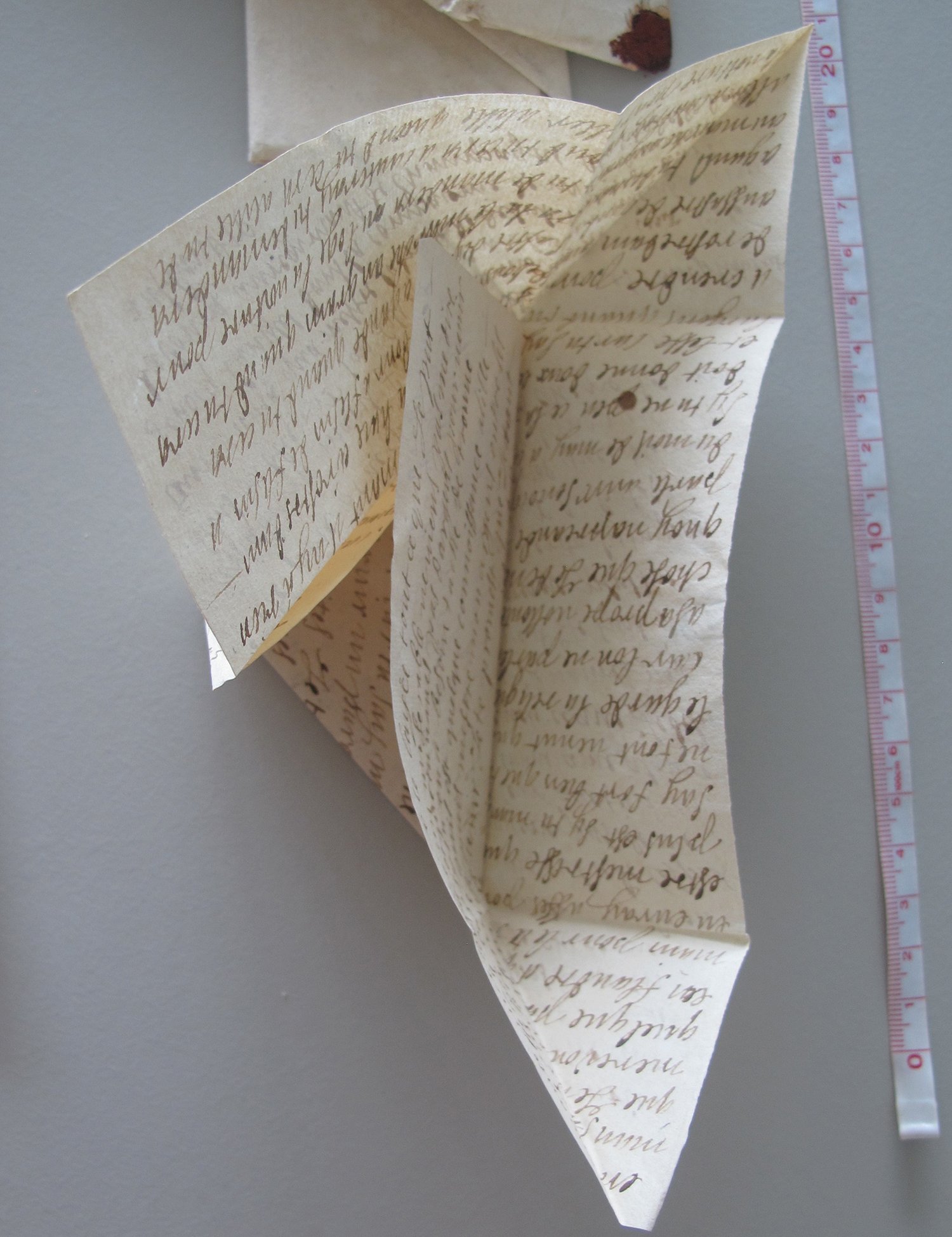
DB-752.
Secrecy of Correspondence
How was letter security achieved against prying eyes?
Letters were sealed with various kinds of temper-resistant wax seals – or at least indicating tempering. Also cryptography aimed at circumventing the treachery of the Black Chamber.
Furthermore, letters were intricately folded and locked. Research into this paper technology of letterlocking has indicated the existence of numerous letterlocking formats and various levels of concealment and security.
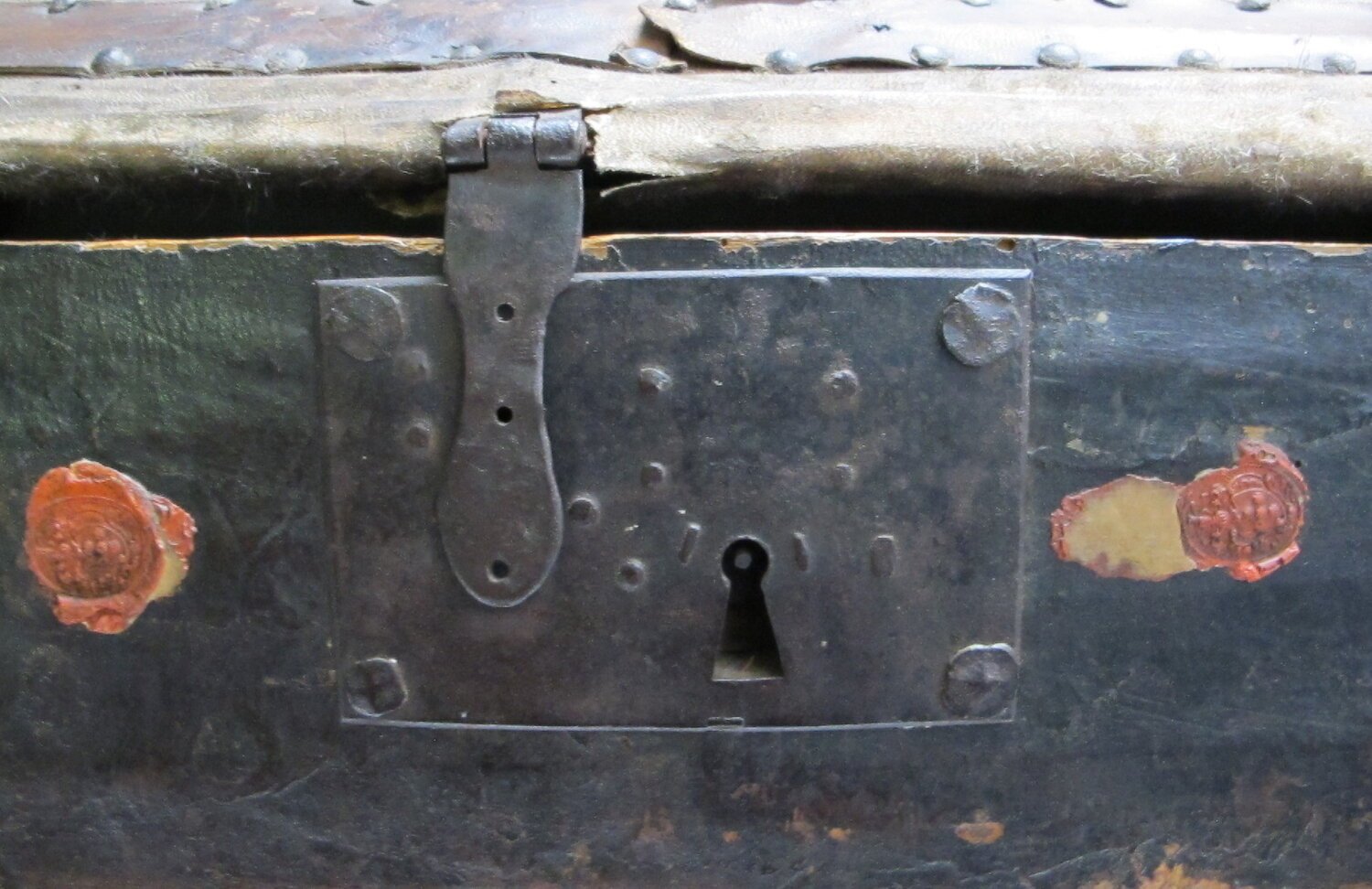
Why not send your own undelivered letter?
What would your life look like to someone looking at it from hundreds of years in the future? What would appear normal and what would be completely baffling, or funny, or infuriating to them?
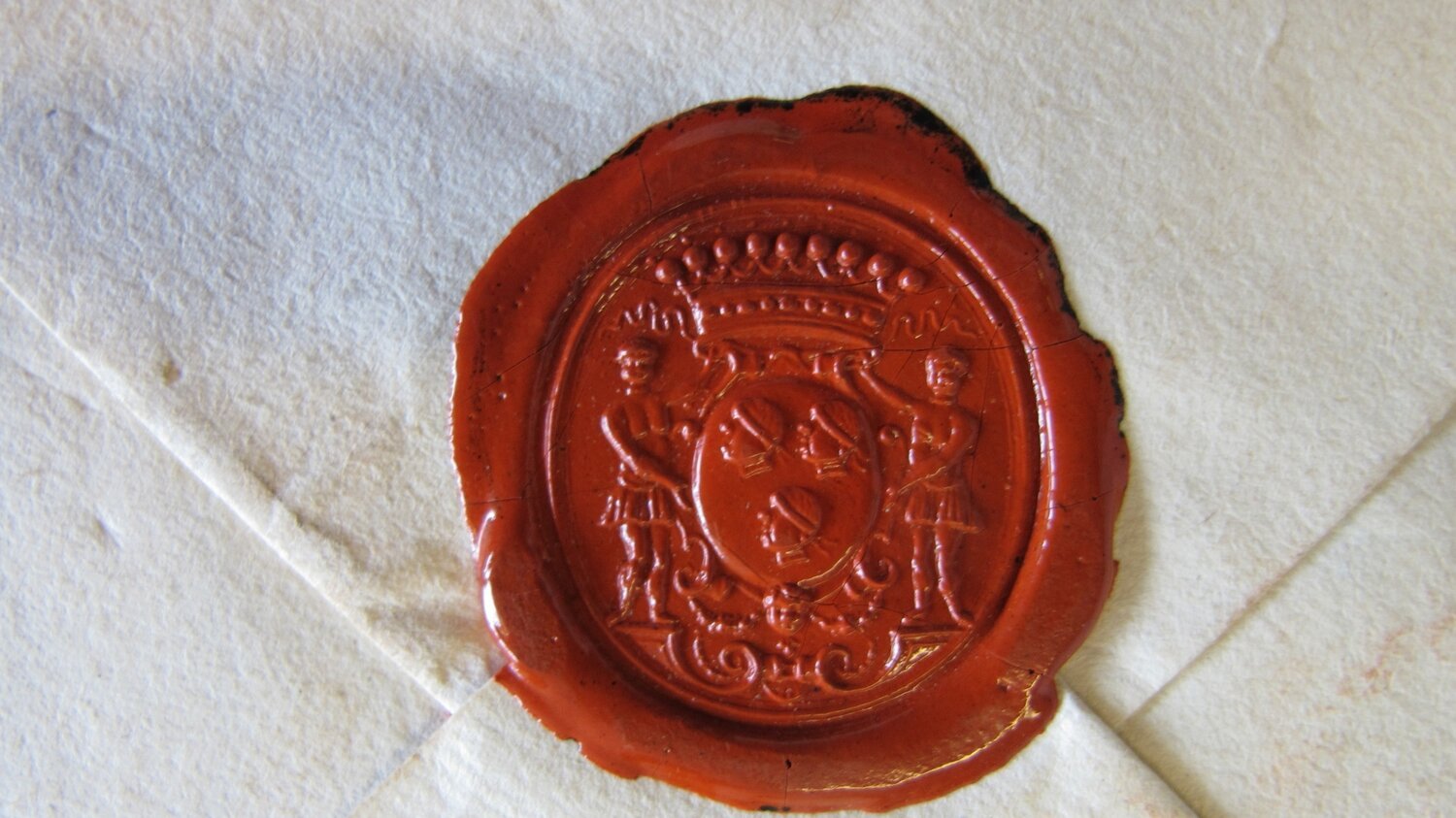
DB-1100
As part of our online exhibition, we invite you to post a letter into our online post-box, addressed to anyone or no-one, to a real person or an imaginary character, where it will remain – like the letters in the Brienne collection – undelivered, waiting for future historians to discover them.
The password to the email account will be stored in several university libraries, and our epistolary time capsule will remain unaccessed for at least 100 years. Let’s hope that historians in the future know what an email account is…
undeliveredletters2020@gmail.com
Page added: 12 November 2023
